The flavor of coffee, 60% comes from the raw beans, 30% comes from roasting, and 10% comes from brewing. It can be seen that there are many factors affecting the flavor of coffee. Then, as roasters, how to determine the degree of roasting of coffee beans? Let’s talk about the determination of roasting style today.
It is necessary to remind you to pay attention to two points. First, coffee is chosen for roasting at different degrees according to the understanding of coffee beans by each roaster. It may not have absolute right or wrong, just a choice of flavor expression. It is not a universal standard. And the second point is that the degree of roasting is not in a strict standard either. Under normal circumstances, the roasting degree is named according to the color of the coffee beans, that is, a standard color palette. The names such as cinnamon, city, Viennese, French, and dark French we often see in textbooks come from this. This standard is only an international general name, and there will be some exceptions in the actual roasting, and this kind of exception is not uncommon. For example, some producing areas of beans are not easy to color, and further roasting will produce a burnt bitter taste, and the roasting has to stop here, although the color is very light, its flavor has already formed. In some other producing areas, perhaps due to the higher caramel content after roasting, the bean body will appear darker. In these cases, the color value is only a reference standard.
Some people also use the temperature out of the oven as the standard for the degree of roasting, but in fact, there are also some differences between different brands or technical routes of roasting machines, and the comparison of the temperature out of the oven between different roasting machines is also very different. This is also the case that we often see the situation of 230-240 degrees in the Japanese roasting curve.
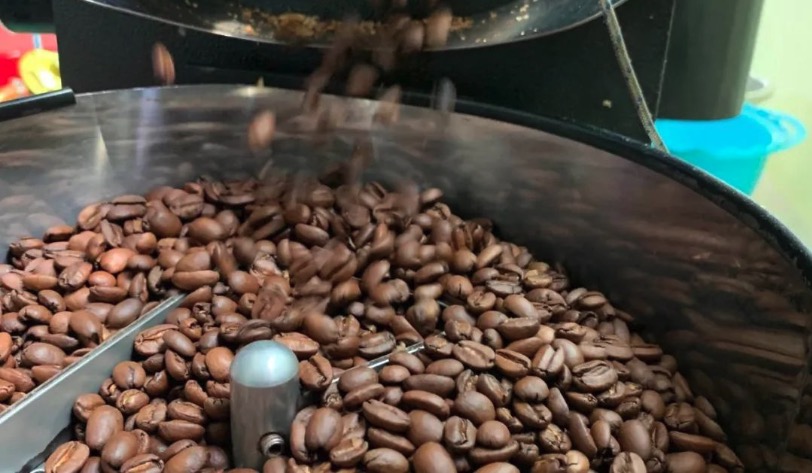
Roasting is to transform the chemical and physical properties of the raw coffee beans into the roasted coffee products. It takes ten to fifteen minutes and a temperature as high as 200 degrees Celsius, and undergoes multiple chemical changes, emitting one burst, two bursts, like popcorn-like sounds, and losing moisture, making the raw beans expand and change their color, taste, smell, and density. With the roasting process, chloric acid will gradually disappear, releasing familiar and pleasant fruit acids such as acetic acid, citric acid, and the apple acid contained in wine. The roasting is just right to present these wonderful sour tastes to a moderate extent. Thus, a special flavor of coffee is produced.
Theoretically speaking, after the first burst, a suitable time point can be chosen to come out of the oven. However, in order to avoid taking risks, usually, the beans will not be taken out immediately after the first burst, and it is necessary to develop another two or three degrees before allowing its aroma to be more fully. That is, from two degrees after the first burst to a little after the second burst, a total of only 10 degrees Celsius interval, we will roughly simplify it into light roasting, medium roasting, and deep roasting three styles, so it can be seen that in fact, the difference in the temperature out of the oven is not large, and sometimes there may only be a difference of two or three degrees, but the appearance is already very different, so we will combine color, shape, and taste to describe the roasting degree of a coffee bean.
From the perspective of roasting:
Light roasting refers to the coffee beans from the middle section of the first burst to the just end of the first burst, with the initial stage of enzymatic action and the Maillard reaction. The organic acids of the coffee beans have not been completely cleaved, so the sour taste will be more prominent, and the bitter taste is shallow to no feeling, which is very suitable for friends who like sour taste of coffee.
Medium roasting usually refers to the period from the end of the first burst to before the second burst. At this time, the caramelization and Maillard reaction have produced more reactions. Although there is still a sour fragrance, it has obviously been weaker than light roasting. At this time, the sour and bitter are more neutral, so the sweet and fresh flavor is more prominent and very smooth. It is mainly dominated by caramel, chocolate, etc. This degree of roasting can often allow the gourmet coffee to release its best features, and it is also the most commonly used roasting degree of Front Street Coffee.
Deep roasting often refers to the beans after the second burst, and the caramelization reaction is close to the end, dominated by the Maillard reaction, producing resin rhyme, pungent rhyme, carbonization rhyme and other smells.
So, how do we determine these different degrees of roasting?
The first basis is history. In the past, consumers had not high requirements for the flavor of coffee, and paid more attention to its function. During that long period, the degree of roasting of coffee was surprisingly consistent – deep. Therefore, the style formed in the coffee producing areas of this long period for hundreds of years is mainly mellow, such as Mandheling, Brazil, Colombia, or Blue Mountain. In contrast, Blue Mountain is mellow without being burnt and bitter, perhaps this is also an important factor for coffee to become the king of the old era. This roasting has a far-reaching impact. Until today, some consumers’ habit of asking for sugar and milk when ordering coffee comes from this.
Therefore, in the choice of roasting, the coffee beans from these classic producing areas will be kept as much as possible to return to the time of that era and maintain the classic mellow taste.
Take Mandheling as an example, its unique “heavy taste” makes it feel like a pleasant and unrestrained feeling in the arena, and there are not a few men who like it, and now many female friends also like it. Indonesia is the largest archipelagic country in the world and has the title of “thousand-island country”. The higher altitude, volcanic ash soil, and its climate characteristics are all excellent conditions for the growth of Arabica coffee trees. Sumatra is known as the spice island, and the coffee trees in the mountainous area are accompanied by wild animals, cloves, nutmeg, and pepper; in addition, the unique three-stage drying treatment method (wet hulling method) creates Mandheling’s unique flavor: unique herbal flavor, fragrant wood flavor, suitable acidity, mellow but yet like the bittersweet of life, and strong aftertaste.
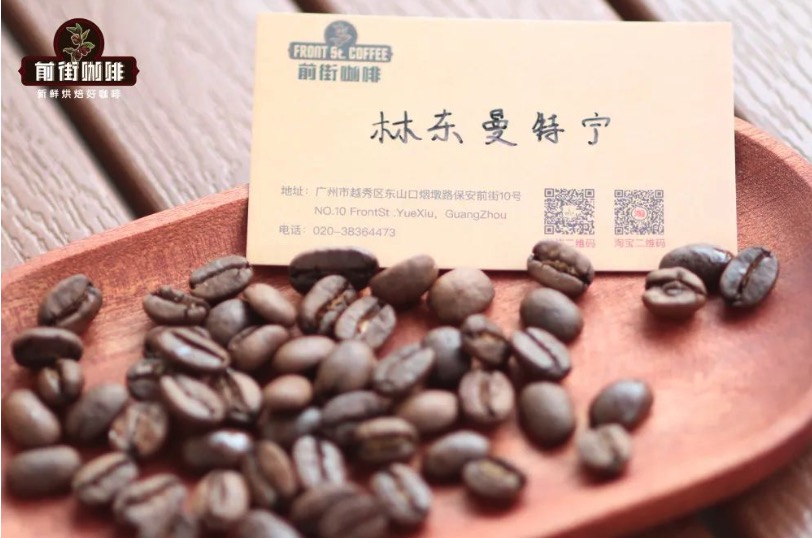
The Mandheling coffee beans are large in size and hard in bean quality. In order to highlight its famous mellow thickness, low acidity, and local herbal flavor, Front Street adopts deep roasting. If Mandheling coffee beans are roasted lightly or medium, the taste may not reach the desired mellow feeling, and the acidity will be more prominent, and it is no longer the Mandheling coffee that everyone likes. Of course, if someone likes the sour Mandheling, they can also try medium roasting. But in that case, without the Mandheling flavor, can we still call it Mandheling?
The second basis is the shape and characteristics of the beans. For example, Yirgacheffe coffee beans are chosen for light roasting. Not that the producing area shows good acidity, but on the contrary, it is precisely because of the extremely light roasting that its acidity is expressed.
Yirgacheffe, Ethiopia, the farmers to sell most of the coffee beans, will not be like the traditional countries mentioned earlier, such as Brazil, Mandheling, and Colombia, like to classify by size for commercial grades. The coffee in Ethiopia will have large and small beans, only excluding the defective beans that will bring bad taste, and for the phenomenon of different sizes, it is usually indicated by the native species [Heirloom native species] This variety of the raw beans.
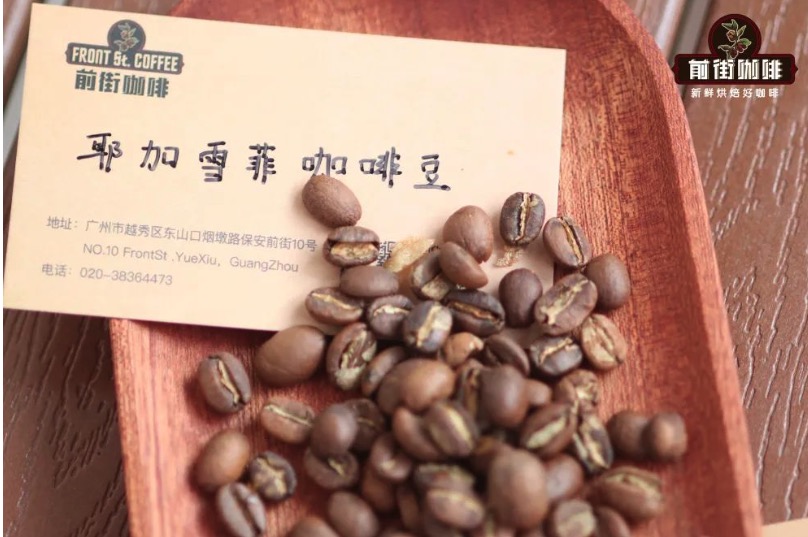
The beans in Ethiopia are large and small, and when roasting, it is necessary to roast the large beans thoroughly without burning the small beans. The safer way is to come out of the oven as soon as possible. Some people say, isn’t the high technology able to roast evenly? The woody structure of the coffee beans itself determines that its thermal conductivity is very slow. If the difference between the large beans and the small beans is too large, this thermal conductivity cannot achieve average conduction. Although it can be prolonged by lowering the firepower and slowly prolonging the roasting time after dehydration, in this way of warm water boiling frogs, it can make the color of the beans look uniform, but the aroma characteristics are inevitably bland due to the longer roasting. This is also a choice. The floral and fruity notes of the Ethiopian beans, Front Street and most roasters alike are roasted lightly.
For example, Geisha has a feature of long and narrow shape, which leads to its larger volume than some varieties. Especially, it has been recognized as a light roasting of the Ethiopian beans. The size of two or three small particles is often just as much as one Geisha. Whether you like it or not, its roasting requires a longer time. And from another aspect of the principle of roasting, as much as possible to roast without being burnt and bitter, it will produce more fragrant characteristics and lead to more flavor changes, which is the pursuit of roasting.
Whether it is the person who roasts or the person who drinks, they have different understandings and views on coffee, and sometimes there may not be a completely standard answer, just different choices.
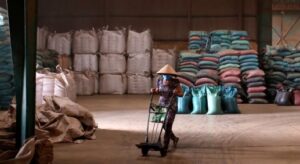
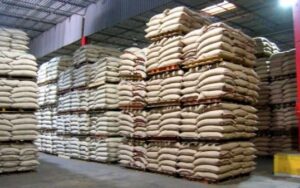
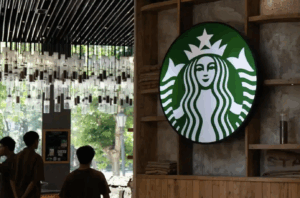

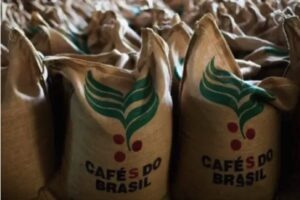
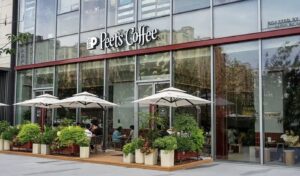
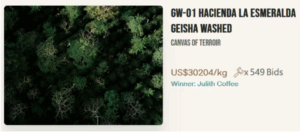
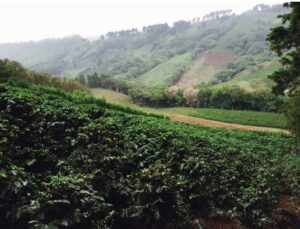

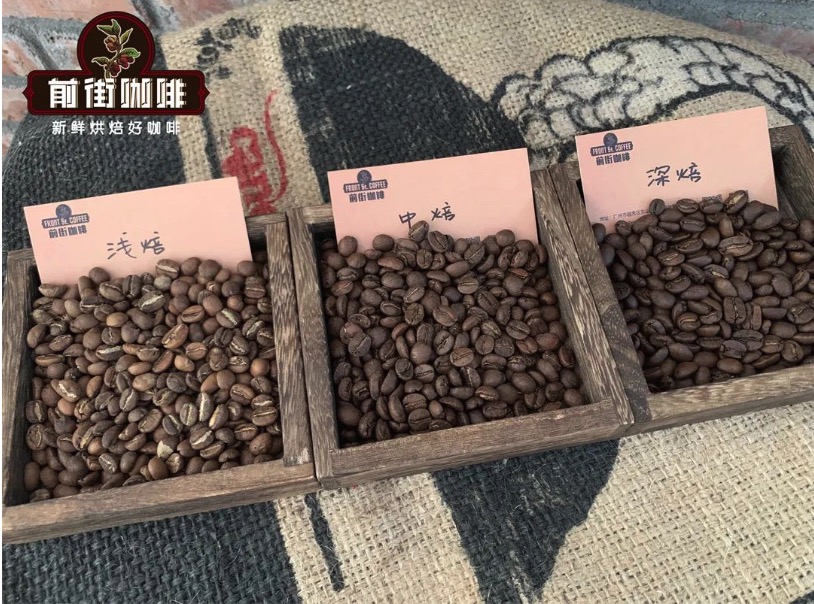
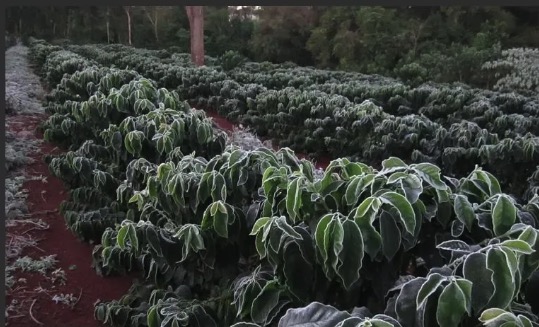
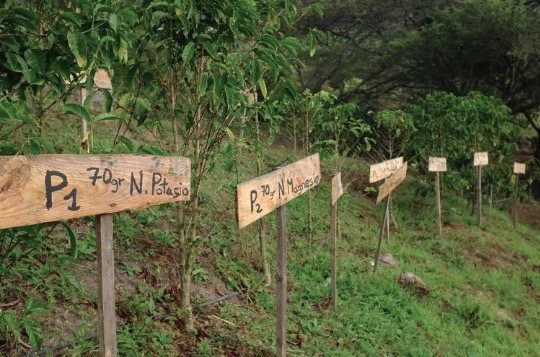
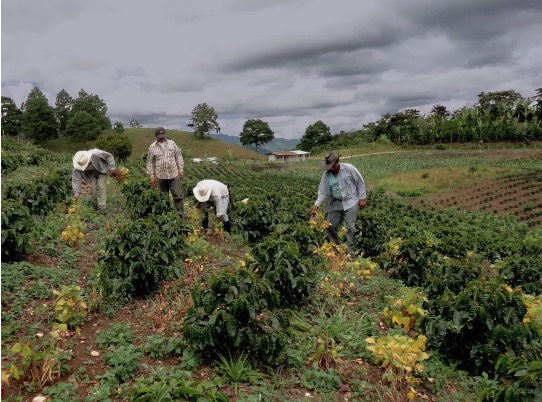
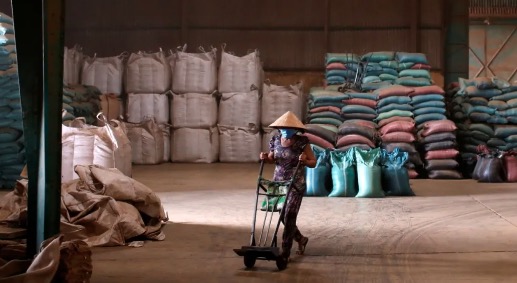
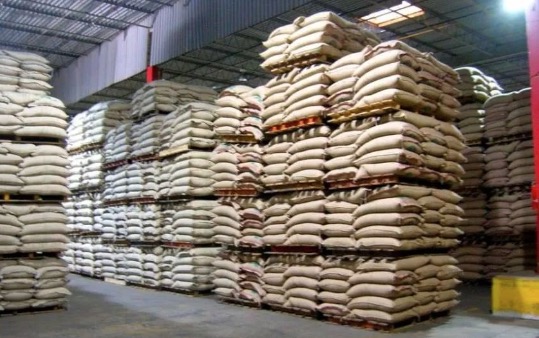
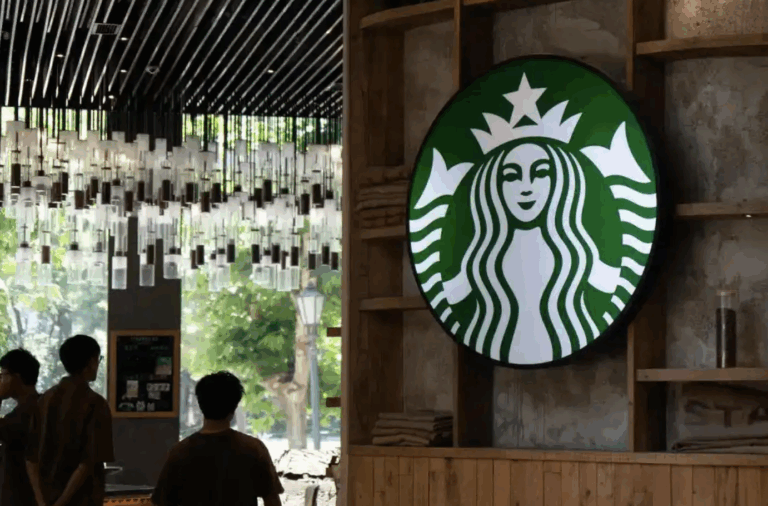
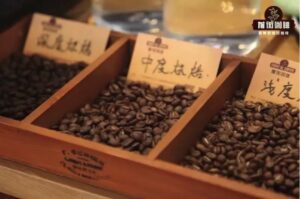
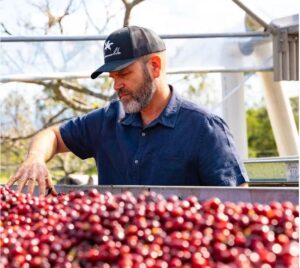
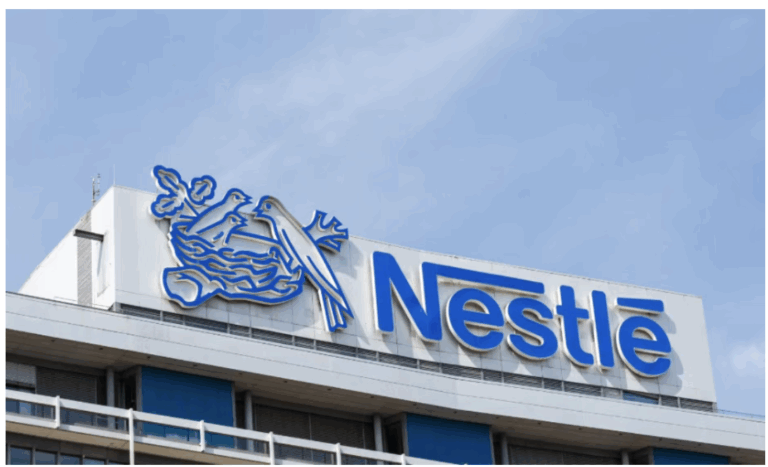
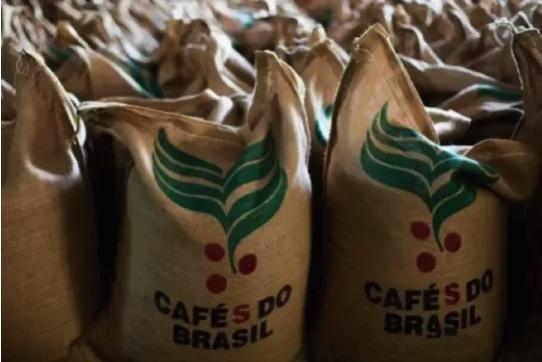
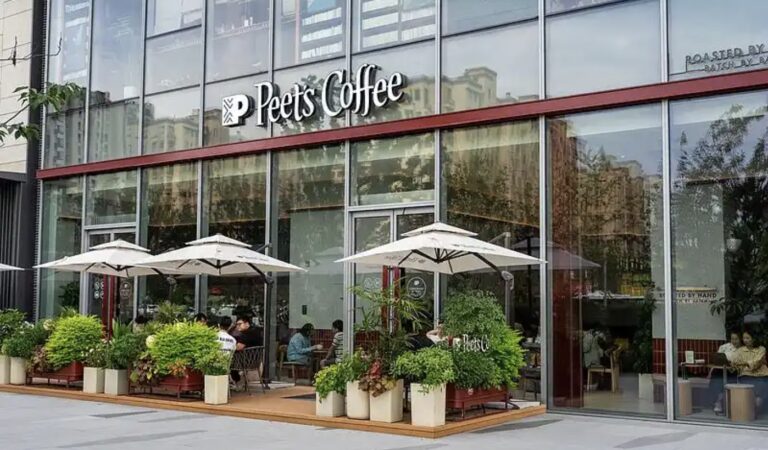
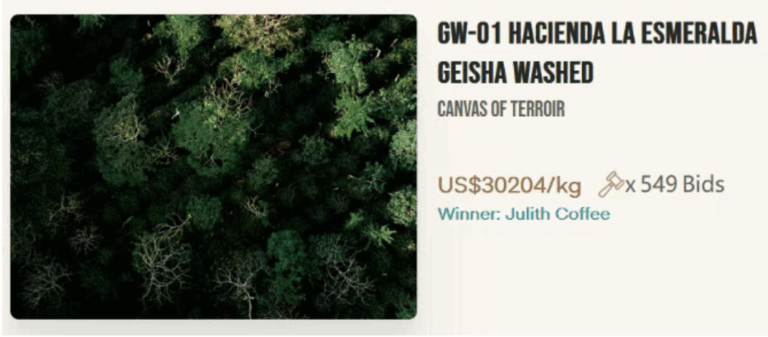
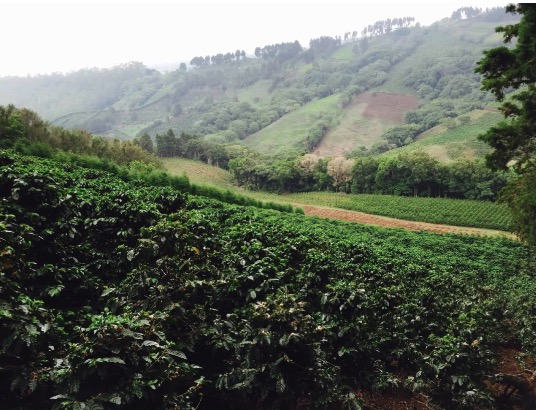
+ There are no comments
Add yours